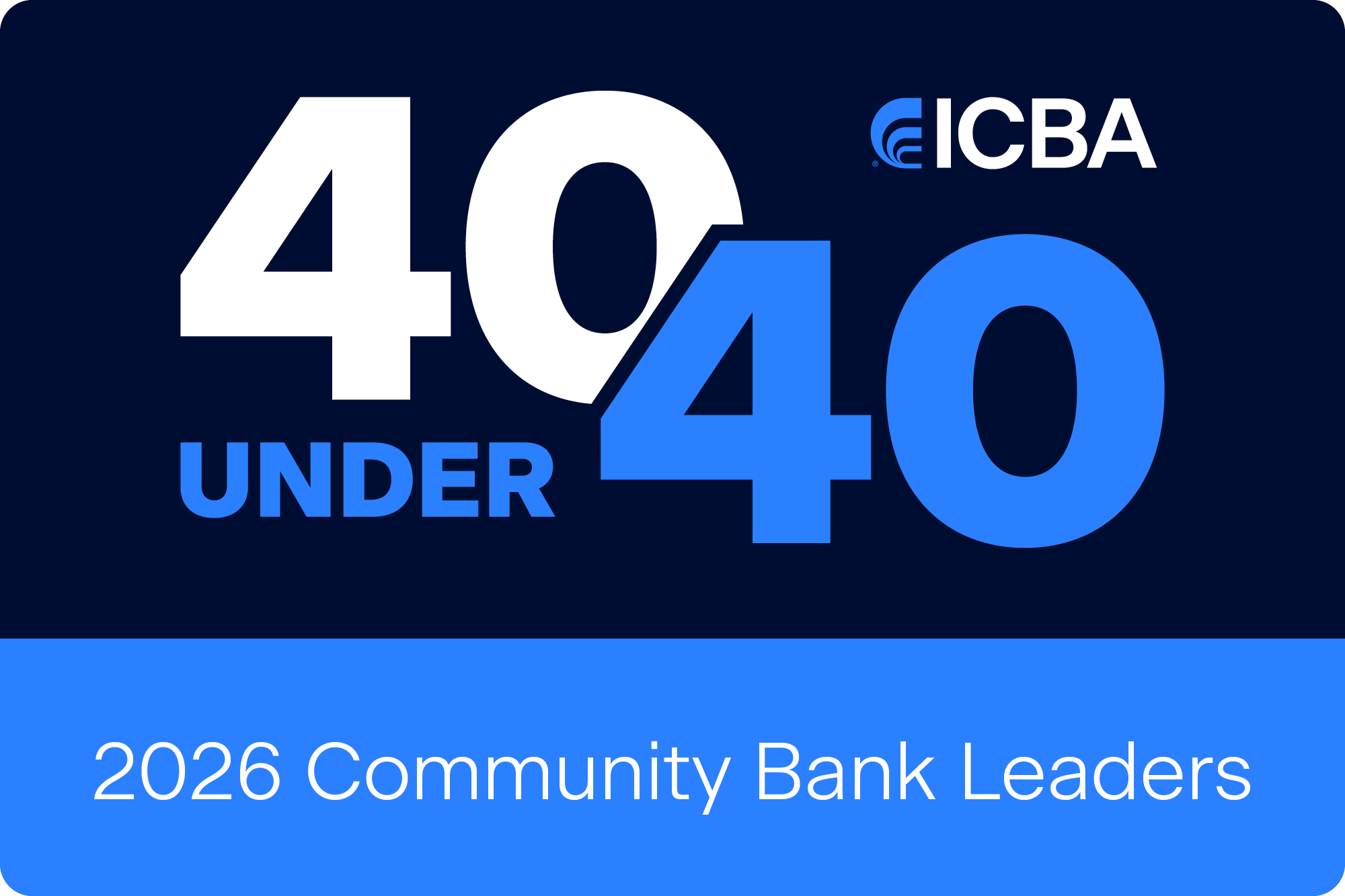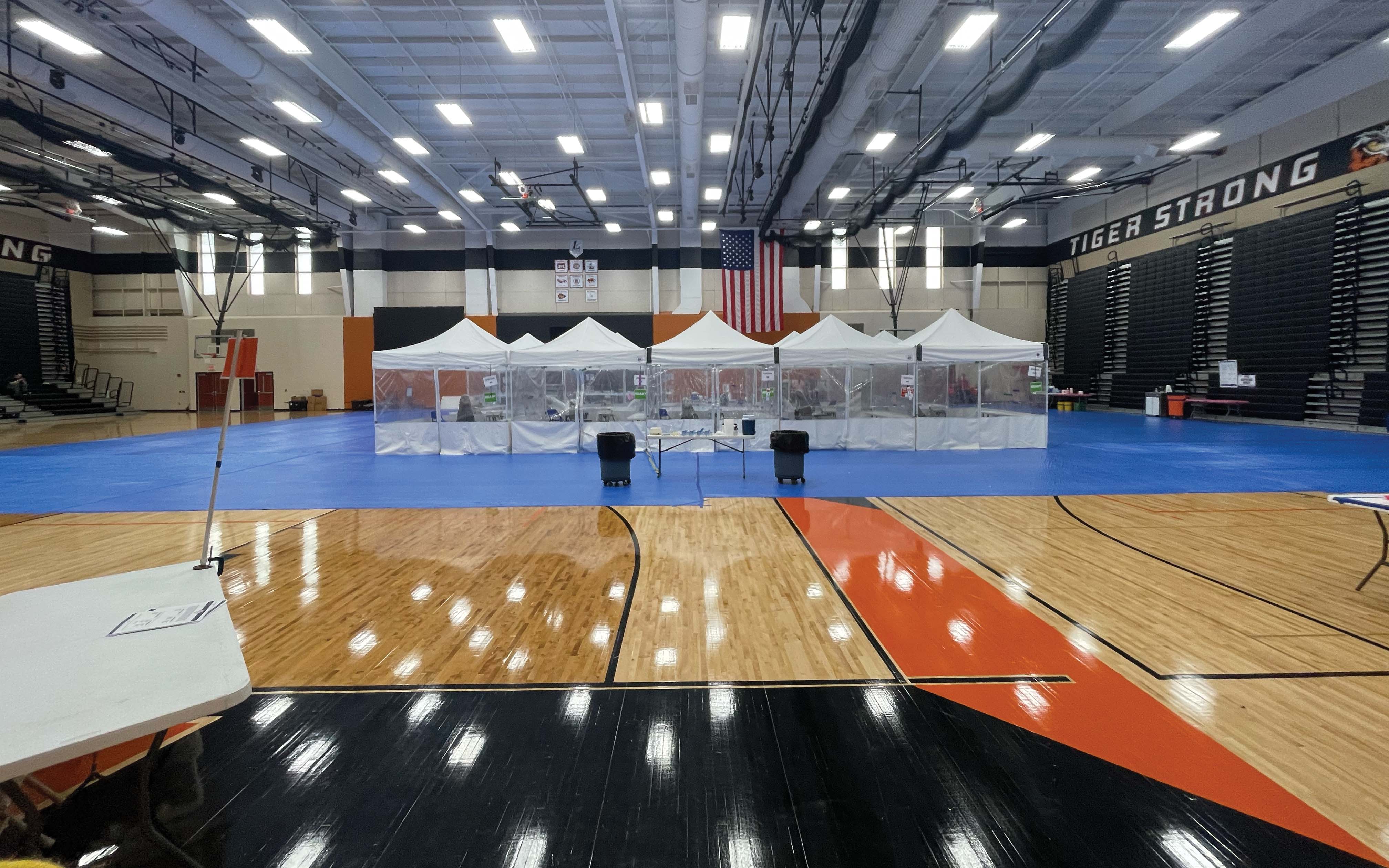The Bank of Zachary is equipping high school students with real-world banking skills to shape a financially literate future.
Bank of Zachary: Building Financial Foundations
April 01, 2025 / By Beth Mattson-Teig
The Bank of Zachary is equipping high school students with real-world banking skills to shape a financially literate future.
The Bank of Zachary in Zachary, La., is bringing banking to life for nearly 1,800 students by opening a new branch at Zachary High School last fall.
The idea of opening a bank branch within the school is something that bank leadership and Zachary High School administrators have been kicking around for several years.
“We really wanted to do something that would have a sustainable impact on the students, and in the long term, have an impact on the community,” says Mark Marionneaux, president and CEO of the $400 million-asset community bank.
In 2023, the state of Louisiana passed legislation requiring high school students to complete at least one credit hour of financial literacy education, beginning with the graduating class of 2027. “That put the onus on the school system to accelerate what they were doing in the classroom,” says Marionneaux.
Once the wheels were in motion, the process moved quickly. In January 2024, Bank of Zachary met with the school board and received approval to embed a branch within the high school. The community bank started working on plans to transform a former classroom that was being used for storage into the new branch location. Construction began at the start of summer break, and the bank moved ahead with hiring and training its first student employees.
The Bronco Branch, named for the school mascot, was up and running in late August, just in time for the 2024–25 school year.
“The more students we get a chance to reach, the more we can have an impact on the future of our community relative to the financial skills that they get to learn.”—Mark Marionneaux, Bank of Zachary
A natural fit
The school district has a long-running relationship with the Bank of Zachary, both in banking and as a community partner that is involved in supporting school-related groups and events.
“This was just a natural fit where we were able to take the relationship with one of our existing partners and supporters a step further,” says Ben Necaise, superintendent of the Zachary Community School District.
Both the school and bank wanted to establish the branch without intruding on the school day or contributing to teacher and administrators’ already-full plates. Therefore, the branch hours were set during school lunch periods, from 11 a.m. to 1 p.m. Monday through Friday. The roughly 45-foot by 15-foot branch features a teller window that allows employees to serve walk-up customers in the hallway. Customers also can walk into the branch for transactions or to talk with a bank employee during bank hours, while an ATM is available for students to learn how to operate an ATM firsthand.
The school location is technically an educational training facility, not an FDIC-insured branch. However, the location offers many of the same services as a typical retail branch, such as the ability to take deposits, open accounts, cash checks and issue new debit cards. Of course, the school-based branch is only open to students, faculty and staff, and only during the school year.
The Bronco Branch is staffed by a bank employee from Bank of Zachary’s main branch and one or two student tellers each day. The community bank hires four students to work at the Bronco Branch for the school year, all of whom go through the standard employee hiring and training process. Students also can work at other Bank of Zachary locations on weekends and during school holidays.
Nurturing financial knowledge
The idea of embedding a business in the school to provide learning opportunities is nothing new for the school district. Zachary High School also offers hands-on learning and jobs for students at its coffee shop and computer center. The Bronco Branch provides work opportunities for students, and on a broader level, it’s helping to expand financial literacy and education.
“The kids do deposits and transactions throughout the day, and then we’re building out a partnership where the bank can connect with business classes or financial literacy classes in the future,” says Necaise. The partnership creates an opportunity to have conversations with students about topics such as saving, budgeting and how to track spending.
Laying foundations
“The more students we get a chance to reach, the more we can have an impact on the future of our community relative to the financial skills that they get to learn,” says Marionneaux.
One of the lessons Bank of Zachary learned is that there is much more opportunity to partner with schools and educate students on financial literacy and banking. “We know that we’re making a lot of impact with this, but that’s really just the tip of the iceberg,” says Marionneaux. “The real work for us is how do we take this and use that platform to really impact change and impact the lives of these students going forward?”
Subscribe now
Sign up for the Independent Banker newsletter to receive twice-monthly emails about new issues and must-read content you might have missed.
Sponsored Content
Featured Webinars
Join ICBA Community
Interested in discussing this and other topics? Network with and learn from your peers with the app designed for community bankers.
Subscribe Today
Sign up for Independent Banker eNews to receive twice-monthly emails that alert you when a new issue drops and highlight must-read content you might have missed.
News Watch Today

Join the Conversation with ICBA Community
ICBA Community is an online platform led by community bankers to foster connections, collaborations, and discussions on industry news, best practices, and regulations, while promoting networking, mentorship, and member feedback to guide future initiatives.













